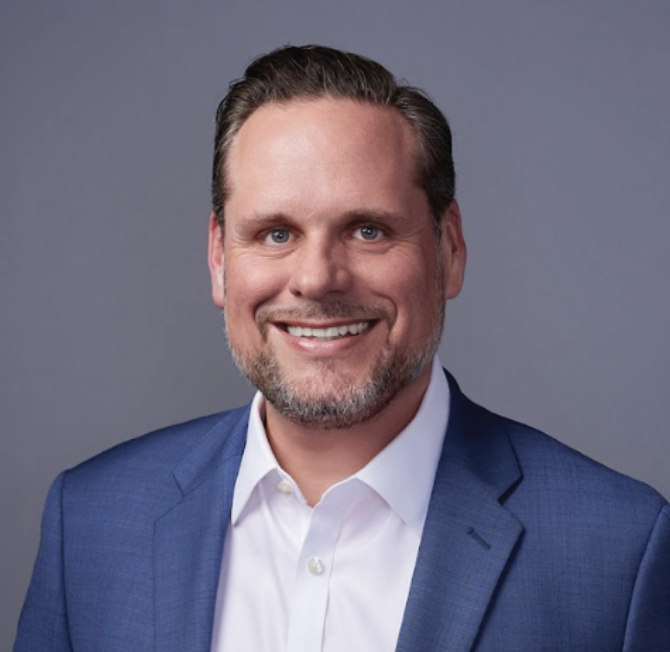Navigating Generational Wealth Transfers: Preserving and Growing Your Family Assets
Managing generational wealth transfers is a critical aspect of preserving family assets for the future. While strategies to minimize transfer taxes and grow assets outside the wealth creators' estate are essential, it’s equally important to prepare heirs to manage wealth responsibly. Without this preparation, children and grandchildren may be ill-equipped to handle their inheritance and may not share the same values as the wealth creators, leading to a potential loss of wealth within a few generations.
Many wealthy families share common concerns and goals when it comes to wealth transfer:
- Avoiding Spoiled Heirs: There's a fear that children might become spoiled and lose motivation to work and contribute to society.
- Preparing Future Generations: Helping heirs feel adequately prepared to manage wealth responsibly.
- Instilling Values: Passing down values such as hard work, charity, and responsibility.
- Maintaining Family Unity: Keeping the family close-knit, even as members become more geographically dispersed.
Let’s explore two effective strategies to address these concerns: using charitable vehicles and structuring trusts to promote productivity and responsibility among heirs.
- Using a Private Family Foundation or Donor-Advised Fund as a Tool:
The corporate form of a private family foundation naturally provides a formal structure for family meetings and decision-making, fostering engagement and financial education among family members. But a family can also use their donor-advised fund to achieve the same objectives by adopting some of the formalities of a private foundation.
- Structured Meetings: The corporate form of a private family foundation requires annual meetings, minutes, and reports, creating a formal structure for family gatherings. The wealth creators (G1) often make their adult children officers and board members to involve them in decision-making. Grandchildren may also participate on a junior advisory board when they are old enough. G1 could also use their donor-advised fund by holding annual meetings and creating informal advisory boards, including their children and grandchildren.
- Financial Education: Advisors typically facilitate these meetings, providing financial education suitable for different age groups. This includes basic concepts like budgeting and understanding credit, as well as more advanced topics like asset allocation and diversification. Reviewing the foundation’s or donor-advised fund’s investment portfolio and discussing its impact on charitable grants helps reinforce the importance of sound financial management.
- Establishing a Legacy: Meetings often start with G1 discussing the foundation's mission or the donor-advised fund’s purpose, why they created it, and why they believe it is important to support specific charities. This models and reinforces the values G1 wants to transfer to successive generations.
- Family Unity and Engagement: Coordinating meetings with family gatherings or vacations, and including activities or entertainment, can increase participation and interest. Meetings can become an annual tradition that brings geographically dispersed family members together. G1 may also decide to cover family members' travel costs to encourage broader involvement.
- Structuring Trusts to Encourage Work:
Trusts can be structured to promote work and productivity among beneficiaries. Below are examples of how clients have created trusts for their children and grandchildren with specific provisions to encourage responsible behavior.
- Educational and Employment Conditions: The trusts require the beneficiaries to be at least 21 years old and have graduated from a four-year college or university before receiving distributions for purposes other than health and education. Additionally, they had to be employed full-time, full-time parents, or full-time graduate students until they reached age 40.
- Distribution Restrictions: Limitations on annual distributions for purposes other than health and education increased gradually every 5 years until the beneficiaries reached age 40, at which point the restrictions were lifted.
- Special One-Time Distributions: Beneficiaries could receive limited one-time distributions to help with a home down payment and starting a business.
Using some of these strategies could help preserve and grow your wealth across generations while aligning with your values and preparing your heirs to manage and sustain your legacy.
If you're interested in learning more about effectively transferring your wealth to future generations while preserving your values, reach out to our team of advisors. We can help you create a customized plan that addresses your unique concerns and goals. Contact us today to schedule a consultation and start planning for your family's future.








